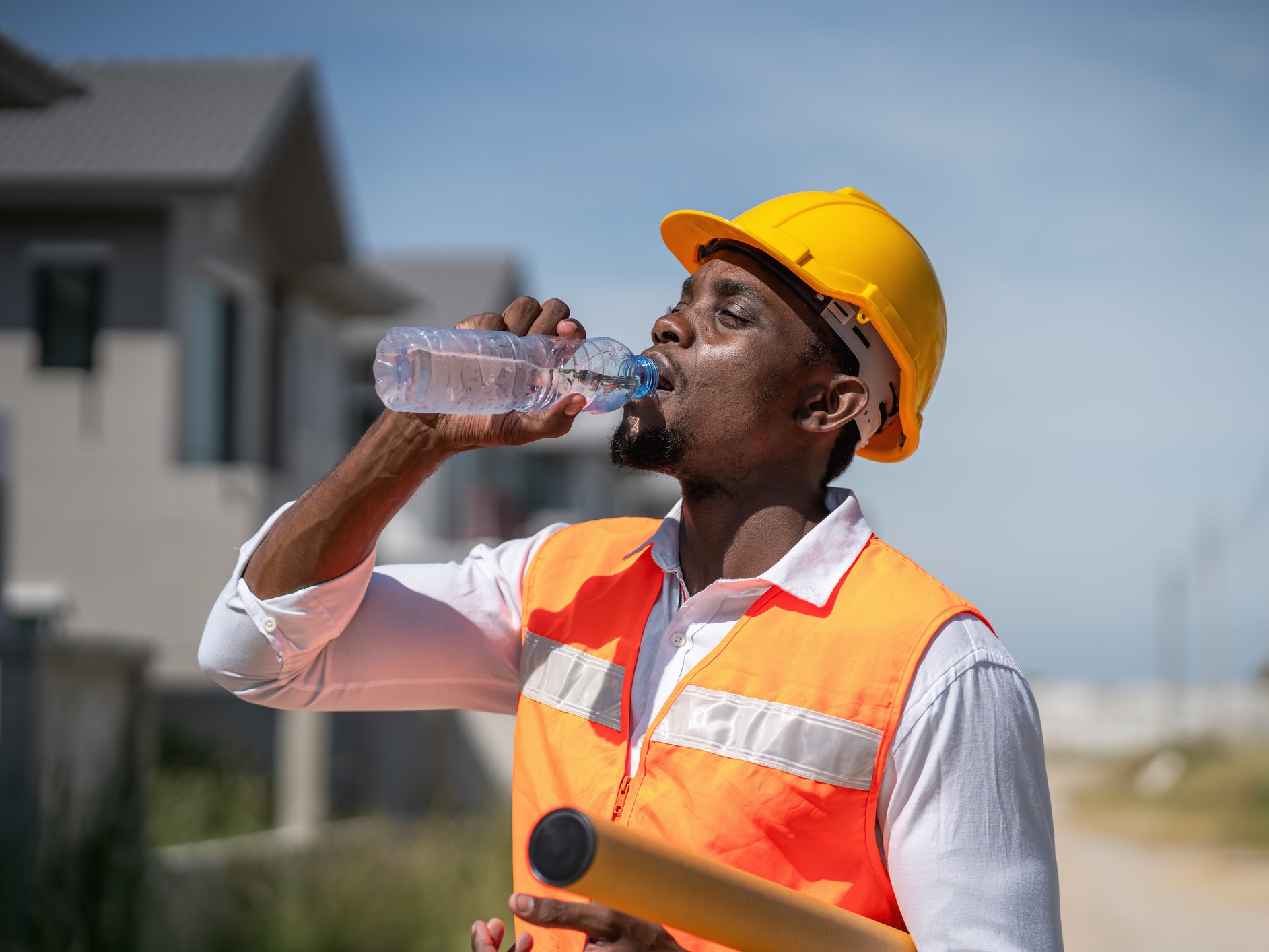Nuclear Verdicts Surge With Median Award Near $24M in 2023

Nuclear verdicts in civil litigation cases are becoming increasingly frequent and severe, according to an analysis by the U.S. Chamber of Commerce Institute for Legal Reform (ILR).
These extreme jury awards of $10 million or more, dubbed “nuclear” for their devastating impacts on businesses, entire industries, and society at large, can have far-reaching consequences even when later reduced or thrown out by an appellate court, according to ILR’s report, which analyzes the cause of increasing nuclear verdicts and offers some suggestions for tort reforms that could blunt their growth.
Trends in Nuclear Verdicts
The frequency of nuclear verdicts rebounded to near pre-pandemic levels by the third quarter of 2021 after dropping during COVID-19 shutdowns, ILR found in its analysis of jury verdicts of $10 million or more between Jan. 1, 2013 and Dec. 31, 2022.
Over the past decade, both the median and mean nuclear verdicts have increased significantly, particularly in product liability cases. Over the 10-year study period — which includes the COVID-19 pandemic, when courthouses where largely shut down — the median nuclear verdict for all personal injury/wrongful death cases was $21.1 million and the mean was $88.9 million.
Based on preliminary data, which is subject to change, the ILR said the median 2023 nuclear verdict was $23.8 million, generally on par with the previous two years. However, the number of reported verdicts greater than $100 million hit an all-time high of at least 23 last year, the report noted.
“Mega nuclear verdicts typically (but not always) include a substantial punitive damage award. For example, all but one of the 14 nuclear verdicts exceeding $1 billion during the 10-year study period were primarily punitive damage awards,” the report stated.
Product liability, auto accident, and medical liability cases account for two-thirds of all reported nuclear verdicts. These high-stakes cases often involve catastrophic injuries or tragic deaths, leading to substantial jury awards, ILR noted.
Nuclear verdicts are not evenly distributed across the United States, according to the findings.
Half of all nuclear verdicts occur in just four states: California, Florida, New York, and Texas. However, when considering population size, Florida stands out as the state most susceptible to nuclear verdicts per capita, with 0.939 nuclear verdicts per 100,000 people, ILR said. Georgia and Washington also host a disproportionately high number of nuclear verdicts relative to their population, the report noted.
While California had the most reported nuclear verdicts between 2013 and 2020 — 199 — it ranks eighth for nuclear verdicts per capita “demonstrating that the number of nuclear verdicts in the Golden State does not stem from its population but is driven by its liability friendly laws and courts,” the ILR report said.
Factors Fueling Nuclear Verdicts
Plaintiffs’ lawyers employ various tactics inside and outside the courtroom that contribute to the rise in nuclear verdicts, according to the report.
In the courtroom, they may resort to manipulative strategies to inflate damages. One such tactic is the use of “reptile theory,” which aims to instill a sense of fear or danger in jurors’ minds, causing them to lash out at perceived attackers, ILR said.
Plaintiffs’ lawyers may also suggest that jurors award a specific, exorbitant amount of damages or apply a method for calculating damages that will produce a nuclear verdict. These “anchors” are often relied upon by jurors when assessing damages, even though they are completely arbitrary.
Another prejudicial tactic is urging courts to combine the trials of multiple, unrelated plaintiffs whose only connection is alleging an injury from the same product. The multi-plaintiff trial approach hides inadequacies in individual cases and substantially raises the likelihood of a jury finding a defendant liable and returning a nuclear verdict, ILR said.
Outside the courtroom, plaintiffs’ law firms and “lead generating” companies may flood the airwaves with lawsuit advertising that touts extraordinary verdicts and shapes potential jurors’ views of appropriate compensation, ILR said.
Plaintiffs’ lawyers are also increasingly bringing litigation funded by third parties seeking a return on their investment, which not only enables such advertising and speculative claims but third-party litigation funding (TPLF) also contributes to nuclear verdicts by driving up award demands and widening the gap for parties to negotiate a reasonable settlement, according to the report.
“Like a gambler playing with house money, TPLF may fuel speculative mass tort lawsuits that chase nuclear verdicts. Funders recognize that by bankrolling a portfolio of lawsuits, they can spread the cost of litigation and reduce the downside risks of pursuing questionable claims
in a particular case for a chance at a financial windfall,” the ILR report stated.
In the legislative arena, the plaintiffs’ bar is engaged in a campaign to pass laws that will lead to more nuclear verdicts, such as expanding damages available in actions like wrongful death lawsuits and eliminating or weakening existing safeguards on excessive awards, including statutory limits on noneconomic damages, according to ILR.
Impacts and Solutions
Nuclear verdicts adversely affect society, leading to unnecessary litigation and appeals that make it more difficult to fairly resolve claims, the ILR report states. These verdicts can threaten the viability of businesses, the availability of needed products, or create insurability problems for entire industries.
For example, due in large part to nuclear verdicts, fewer companies offer insurance to commercial trucking companies, and the cost has led many independent businesses to stop operating, the report found. Meanwhile, premiums for health care professionals in areas known for nuclear verdicts, such as Georgia and Illinois, are rising. Nuclear verdicts construction companies resulting from New York’s “Scaffold Law” have made it significantly more expensive to build schools and bridges and difficult to develop needed affordable housing, according to the report.
More nuclear verdicts also mean more “nuclear settlements,” as plaintiffs’ lawyers make higher demands, and businesses, understanding the risk, agree to settlement levels that would have been rejected as unreasonable only a few years earlier, ILR said.
Legislators can adopt sound civil justice reforms that reduce the likelihood of excessive damage awards before they occur and respond to unjust awards that do occur.
“The factors that fuel rising nuclear verdicts provide a blueprint for reforms. Legislators can take a variety of actions to prevent inflated awards before they occur and to respond to nuclear verdicts that occur in spite of safeguards,” the ILR report said. “No single reform will stop all nuclear verdicts, but a comprehensive approach that addresses core causes of nuclear verdicts can mitigate the trends seen during the 10-year study period.”
They could adopt reforms that do not permit lawyers to inappropriately file cases in areas known for nuclear verdicts but rather where the plaintiff lives or the injury occurred, the ILR said. Another reform would prohibit manipulative trial lawyer tactics, such as arbitrary anchoring arguments, or prejudicial practices, like multi-plaintiff trials, that fuel nuclear verdicts.
Legislators and courts can also require transparency and prohibit conflicts of interest in third-party litigation funding and stop misleading practices in lawsuit ads, ILR said. Legislators also can reject proposals backed by the plaintiffs’ bar that would authorize more subjective forms of damages or weaken or repeal laws that have helped ensure that damages awarded provide reasonable compensation for a plaintiff’s injury.
To view the complete report on nuclear verdicts, visit the ILR website. &










